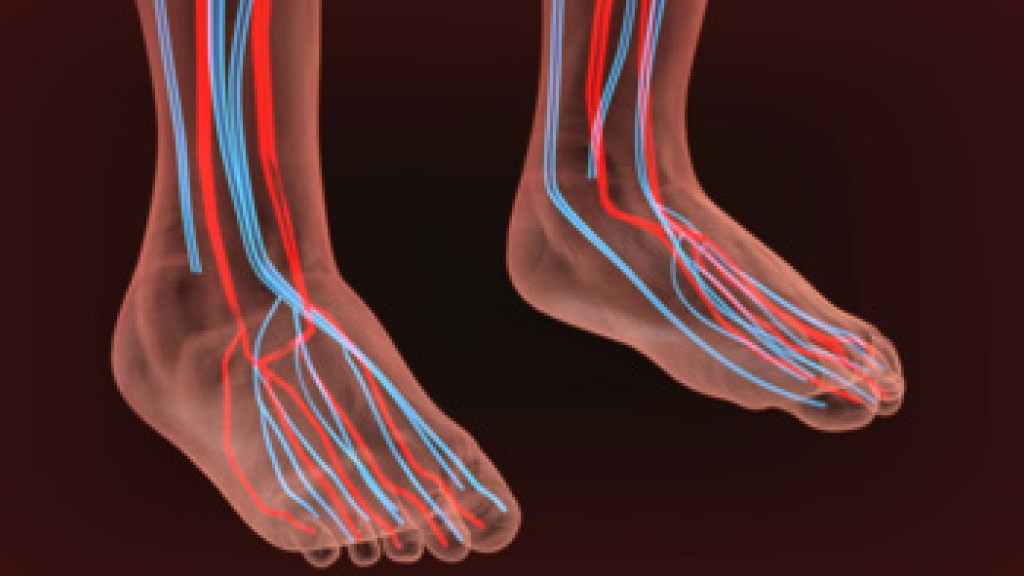
Blood clots in the feet, also known as venous blood clots, pose significant health risks and require immediate medical attention. These clots can be caused by several factors, including poor blood circulation due to prolonged sitting or lying down, diabetes, and dehydration. Damaged veins from injury, infection, or surgery are other contributing factors. In addition, blood clots in the feet can result from taking certain medications like birth control pills, hormone therapy drugs, glucocorticoids, and antidepressants. Symptoms such as swelling, discoloration, varicose veins, and intense pain or numbness in the foot are indicators of potential blood clots. If left untreated, blood clots can travel to vital organs, potentially causing life-threatening conditions like pulmonary embolism, heart attack, or stroke. A podiatrist can play a critical role in managing blood clots in the feet by diagnosing the condition, providing appropriate treatments like blood thinners or thrombolytic therapy, and offering preventive measures. If you have developed blood clots in the feet, it is suggested that you make an appointment with a podiatrist for an exam and treatment options.
While poor circulation itself isn’t a condition; it is a symptom of another underlying health condition you may have. If you have any concerns with poor circulation in your feet contact Dr. Yeon A. Shim of Roselle Podiatry Group. Our doctor will treat your foot and ankle needs.
Poor Circulation in the Feet
Peripheral artery disease (PAD) can potentially lead to poor circulation in the lower extremities. PAD is a condition that causes the blood vessels and arteries to narrow. In a linked condition called atherosclerosis, the arteries stiffen up due to a buildup of plaque in the arteries and blood vessels. These two conditions can cause a decrease in the amount of blood that flows to your extremities, therefore resulting in pain.
Symptoms
Some of the most common symptoms of poor circulation are:
- Numbness
- Tingling
- Throbbing or stinging pain in limbs
- Pain
- Muscle Cramps
Treatment for poor circulation often depends on the underlying condition that causes it. Methods for treatment may include insulin for diabetes, special exercise programs, surgery for varicose veins, or compression socks for swollen legs.
As always, see a podiatrist as he or she will assist in finding a regimen that suits you. A podiatrist can also prescribe you any needed medication.
If you have any questions, please feel free to contact our office located in Roselle, NJ . We offer the newest diagnostic and treatment technologies for all your foot care needs.

